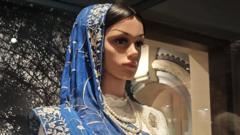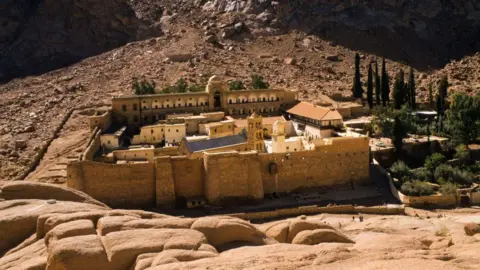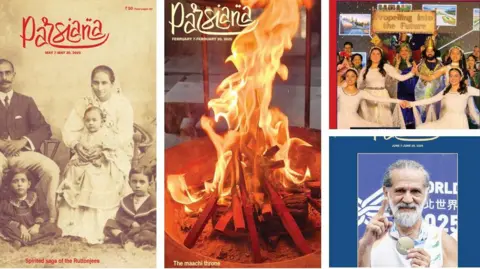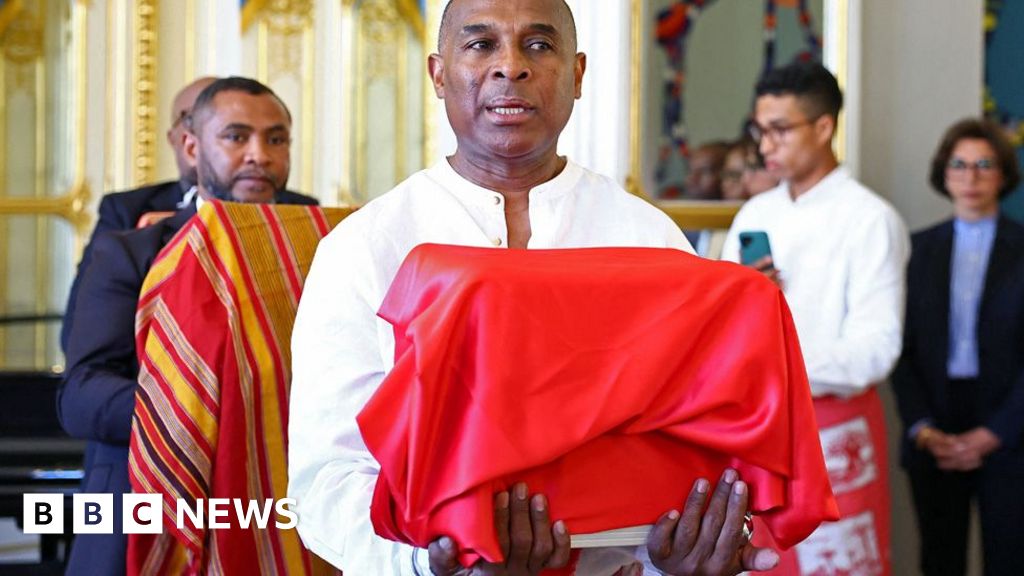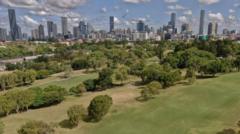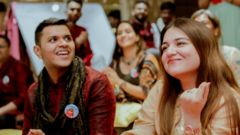Nestled in a quiet lane in Mumbai, the Framji Dadabhoy Alpaiwalla Museum serves as a treasure trove for those seeking to understand the rich legacy of one of the world’s oldest religious communities, the Parsis. With their roots in ancient Persia and their estimated population now just between 50,000 and 60,000 in India, the museum aims to preserve and share the culture of this diminishing ethnic group, primarily consisting of followers of Zoroastrianism.
“The newly-renovated museum hopes to shed light on the Parsi community's contributions and traditions,” shares Kerman Fatakia, the museum curator. The museum features a diverse range of artefacts including cuneiform bricks, terracotta pots, and coins dating back to 4000-5000 BCE, originating from the historical regions of Babylon, Mesopotamia, and Iran.
Items of notable interest include a replica of the Cyrus Cylinder, which is often hailed as one of the earliest declarations of human rights, inscribed with rights granted by the Persian king Cyrus the Great to his subjects in Babylon. Alongside this, the museum exhibits maps depicting the perilous journeys of Zoroastrians as they migrated to India to escape religious persecution between the 8th to 10th centuries and again in the 19th century.
Visitors to the museum can also engage with displays of Parsi garments influenced by international designs from China and Europe, showcasing the community's historical trading ties. Vintage furniture and paintings of influential Parsis like Jamsetji Tata, founder of the Tata Group, tell stories of their significant economic roles throughout history, particularly during the early 19th century when they prospered through trade, including opium.
Adding depth to the experience, the museum offers replicas of a Tower of Silence and a fire temple, both significant components of Parsi funerary customs and worship practices. The Tower of Silence represents the ancient practice of leaving the dead to nature, while the fire temple, modeled after a prominent Mumbai site, is a sacred space typically inaccessible to non-Parsis.
Originally established in 1952, the museum has undergone modern renovations, presenting its collection in engaging displays that are well-captioned for visitors. Offering guided tours, Fatakia notes that the museum may be small but is “packed with history” and is a valuable resource for anyone, especially those eager to learn more about the unique Parsi community and their enduring impact on India's cultural landscape.

